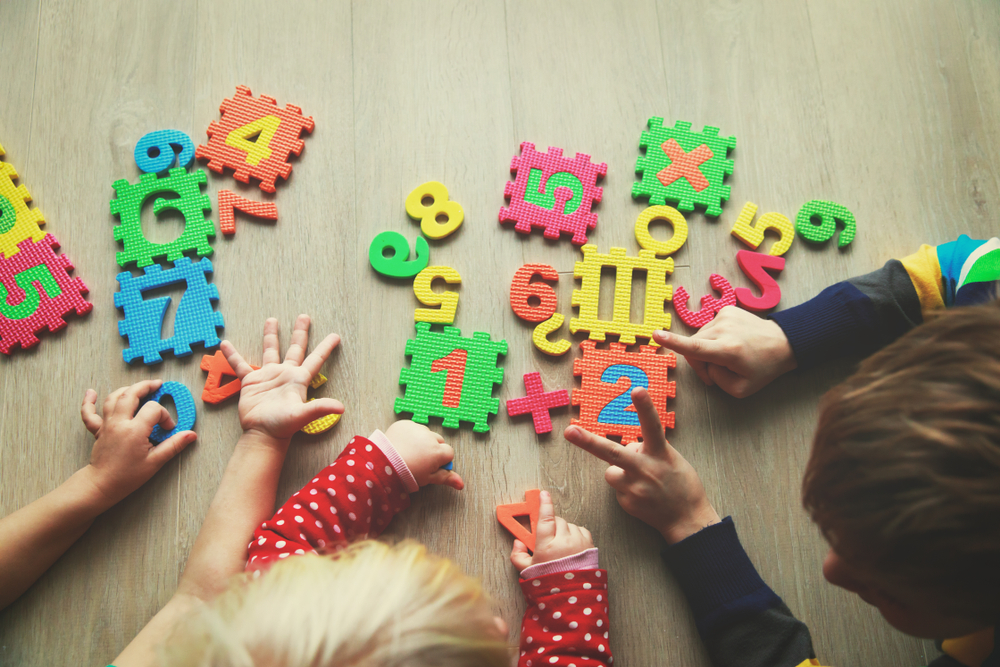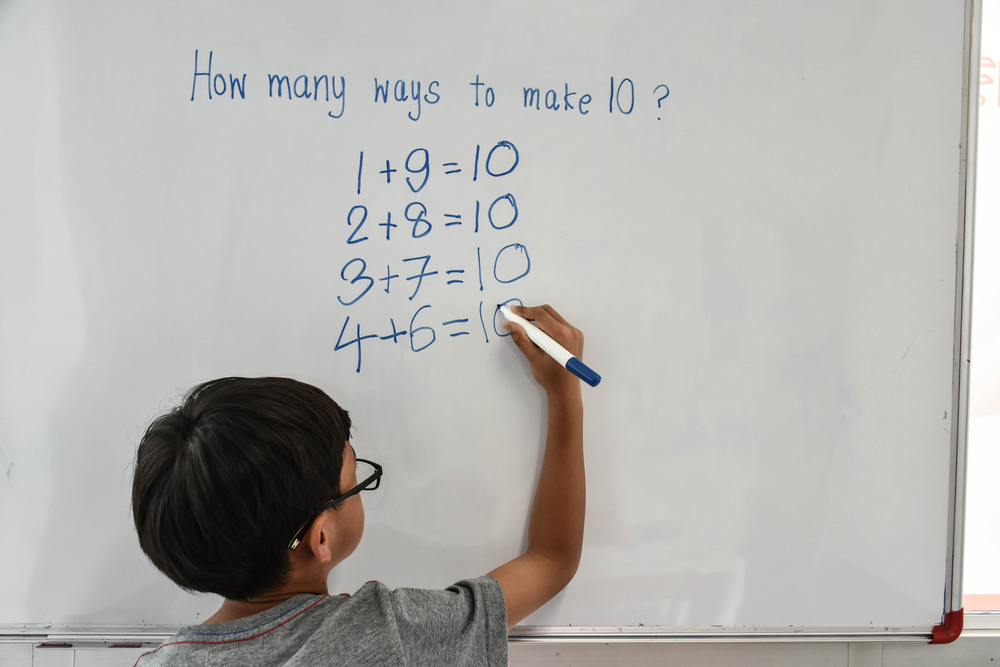Understanding number sequences Addition & Subtraction Worksheets for Ages 3-7
5 filtered results
-
From - To
Welcome to our "Understanding Number Sequences: Addition & Subtraction Worksheets" page, designed specifically for children aged 3 to 7! These engaging worksheets help young learners grasp the foundational concepts of number sequences while practicing essential addition and subtraction skills. With colorful illustrations and interactive exercises, children will enjoy working through fun activities that enhance their mathematical understanding. Our resources are crafted to foster a strong numerical sense, promoting confidence and fluency in early math. Whether at home or in the classroom, these worksheets are perfect for supporting your child’s learning journey and establishing a solid groundwork for future mathematical success. Dive in!
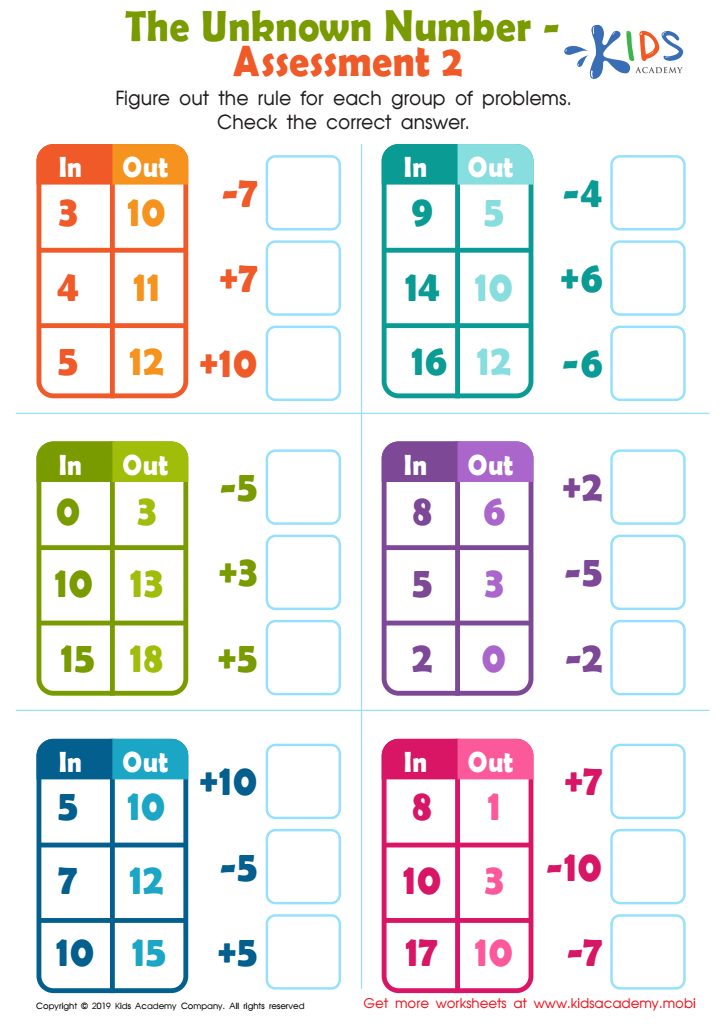

The Unknown Number - Assessment 2 Worksheet
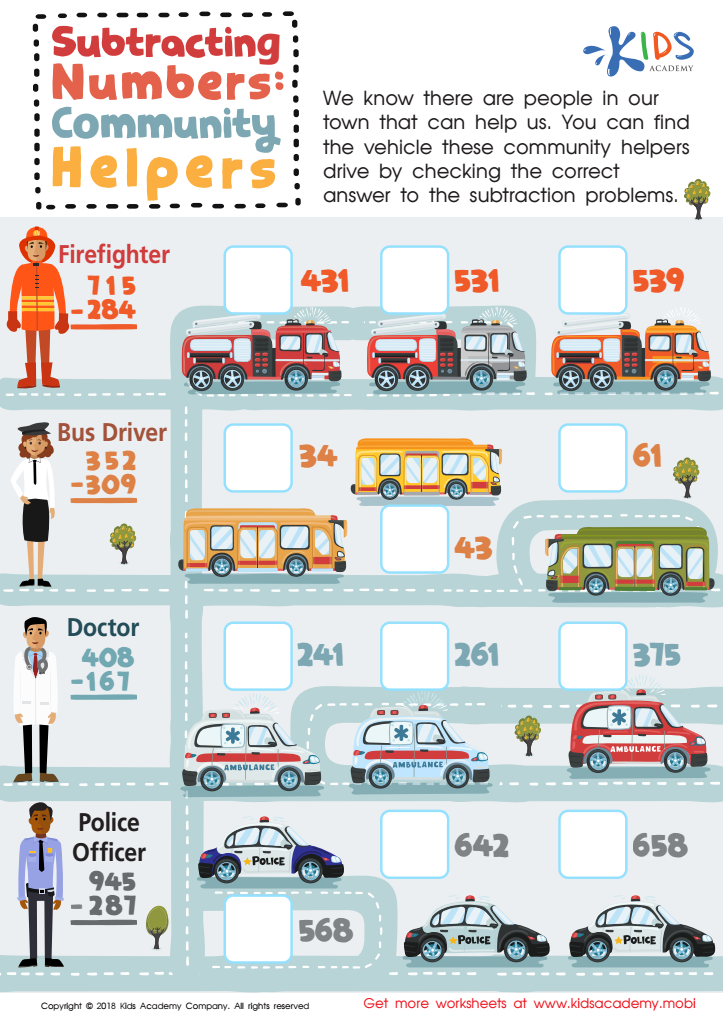

Subtracting Numbers: Community Helpers Worksheet
Understanding number sequences and basic addition and subtraction is crucial for children ages 3-7, as it forms the foundation for their future mathematical skills and cognitive development. During these formative years, children begin to grasp the concept of numbers and their relationships, which fosters problem-solving abilities and logical thinking.
For parents and teachers, emphasizing these fundamental concepts promotes a child's confidence in their mathematical abilities. Number sequences, for instance, help children recognize patterns, which is essential for more advanced math concepts later on. Introducing addition and subtraction in a meaningful way helps children understand quantities and the concept of “more” or “less,” essential for everyday decision-making.
Moreover, engaging in activities related to number sequences, addition, and subtraction can enhance language skills, as children learn to articulate their thought processes and explain their reasoning. It also provides opportunities for cooperative play, boosting social skills.
Ultimately, developing a strong foundation in these areas not only aids in academic achievement but also supports critical life skills, enabling children to navigate the world around them confidently and competently. Therefore, parents and teachers should prioritize these early mathematical concepts to nurture lifelong learners.
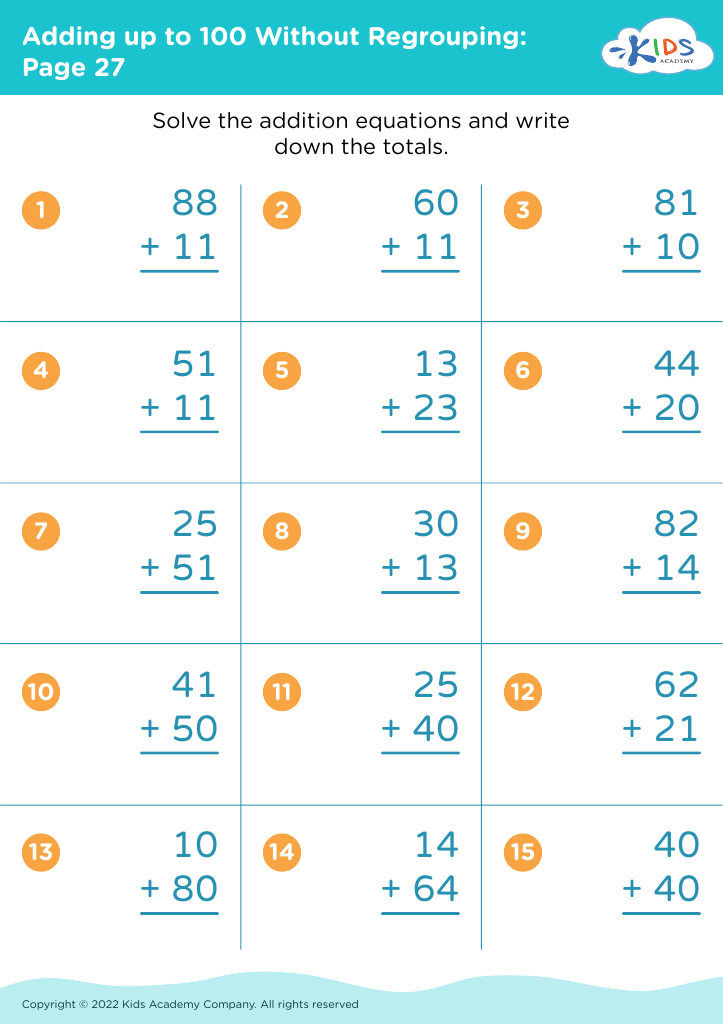
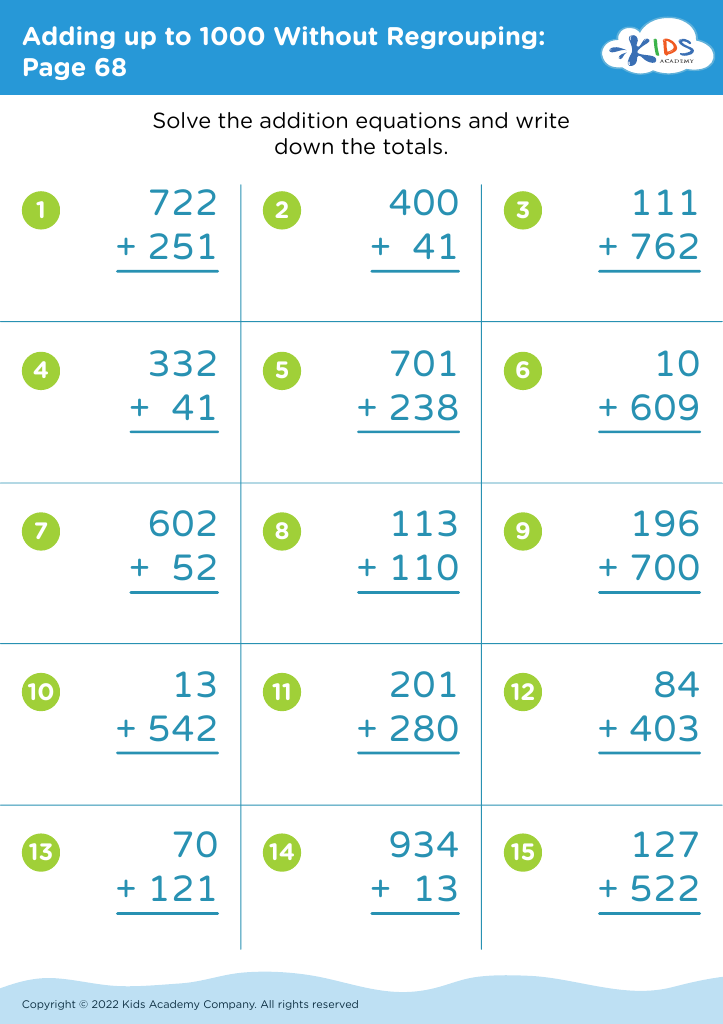
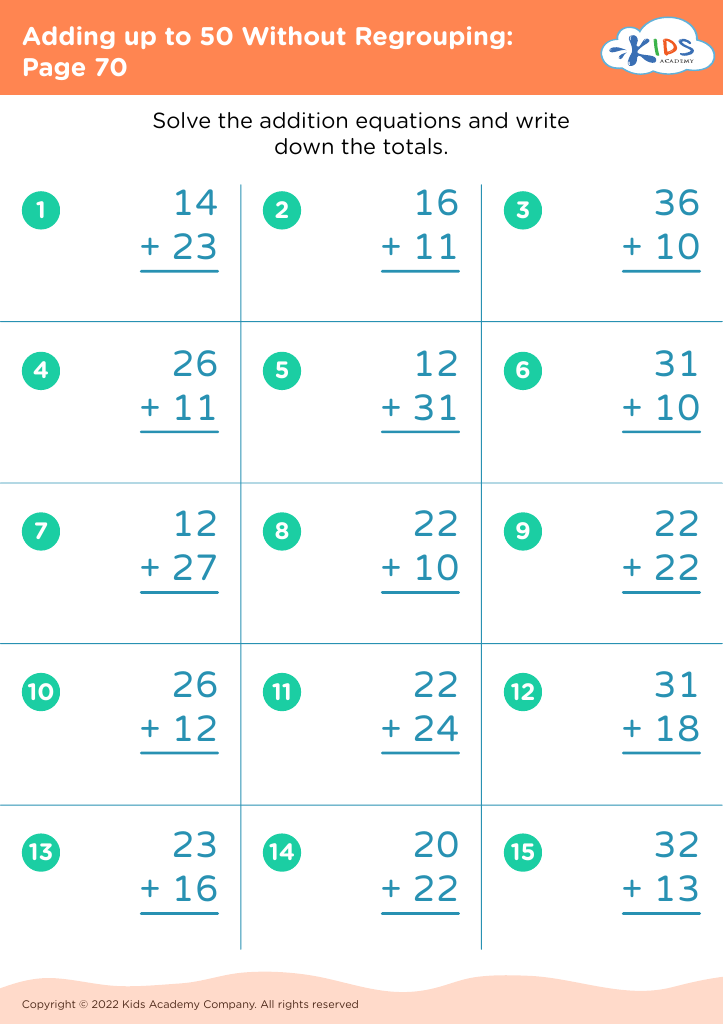
 Assign to My Students
Assign to My Students






